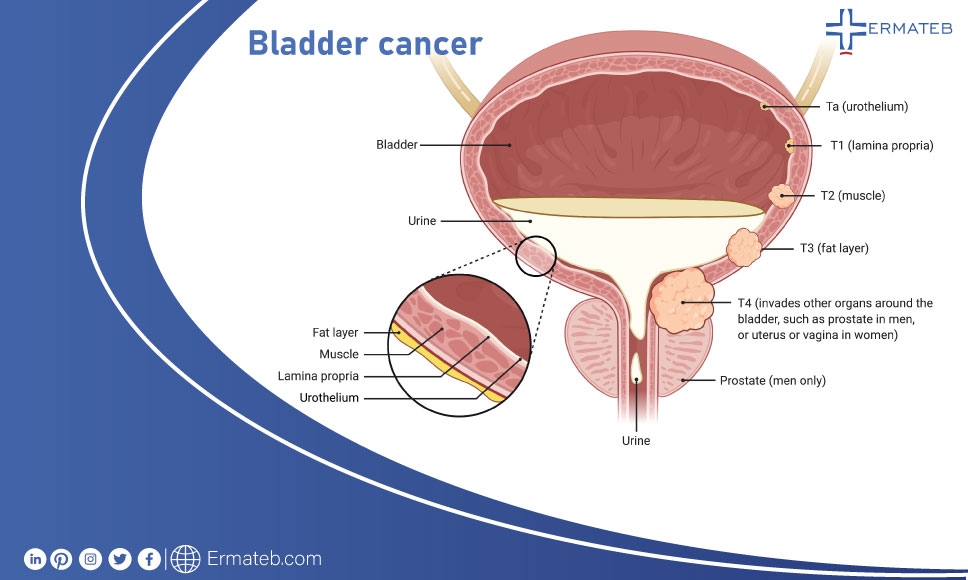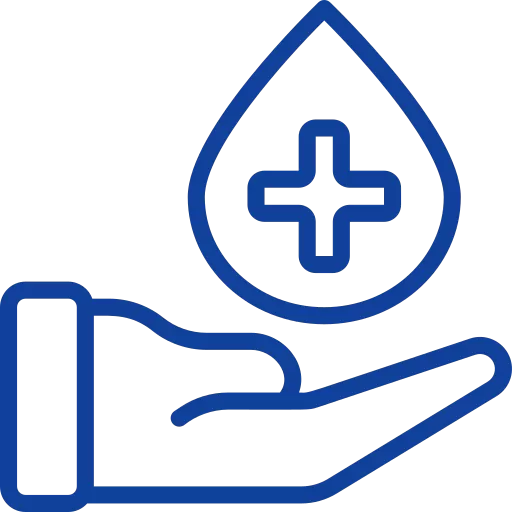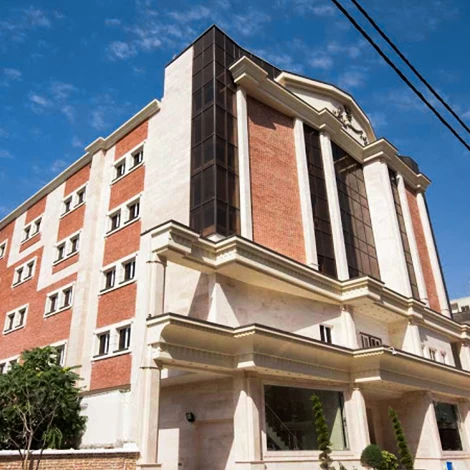Bladder cancer is a type of malignancy in which cancerous cells form in the tissues of the bladder. Smoking is able to affect the risk of bladder cancer. Signs and symptoms of bladder cancer are shown up with blood in the urine and pain during urination. Screening tests that examine the urine and bladder are utilized to diagnose bladder cancer. Various factors affect prognosis (survival chance) and treatment options. The bladder is a pouch in the lower part of the abdomen. It is shaped like a small balloon and has a muscular wall that allows it to get larger or smaller to stockpile urine made by the kidneys. There are two kidneys inside of the body, one on each side of the backbone, above the waist. Tiny tubules in the kidneys filter and clean the blood. They take out waste products and make urine. The urine passes from each kidney through a long tube called a ureter into the bladder. The bladder holds the urine until it passes through the urethra and leaves the body.

Risk factors for bladder cancer include the below agents :
1. Using tobacco, especially smoking cigarettes.
2. Having a family history of bladder cancer.
3. Having certain changes in the genes that are linked to bladder cancer.
4. Being exposed to paints, dyes, metals, or petroleum products in the workplace.
5. Past treatment with radiation therapy to the pelvis or with certain anticancer drugs, such as cyclophosphamide or ifosfamide.
6. Taking Aristolochia fang chi, a Chinese herb.
7. Drinking water from a well that has high levels of arsenic.
8. Drinking water that has been treated with chlorine.
9. Having a history of bladder infections, including bladder infections caused by Schistosoma haematobium.
10. Using urinary catheters for a long time.
Ways of diagnosis of bladder cancer
Physical exam and health history
1. Urinalysis
2. Internal exam
3. Urine cytology
4. Cystoscopy
5. Intravenous pyelogram (IVP)
6. Biopsy
The prognosis of bladder cancer
1. The type of bladder cancer cells and how they appear under a microscopic view.
2. Whether there is carcinoma in situ in other parts of the bladder.
3. The patient’s age general health and past medical history.
4. The stage of cancer (whether it is superficial or invasive bladder cancer, and whether it has spread to other places in the body). Bladder cancer in the early stages can mostly be treated.
If the cancer is superficial, prognosis also depends on the following:
1. How many tumors there are.
2. The size of the tumors.
3. Whether the tumor has recurred (come back) after treatment.
These are many of the necessary information about bladder cancer that a person has to know. If you have read all of the articles and found out that there is something missing to be mentioned ask our professional experts in Ermateb's medical tourism group. You can also read about other types of cancers on the website. We'll be glad to be connected to you.


 Arabic
Arabic
 German
German
 Persian (Farsi)
Persian (Farsi)
 Russian
Russian
 Urdu
Urdu
 Beauty
Beauty
 Medical
Medical
 Hotels
Hotels
 Hospitals
Hospitals
























































